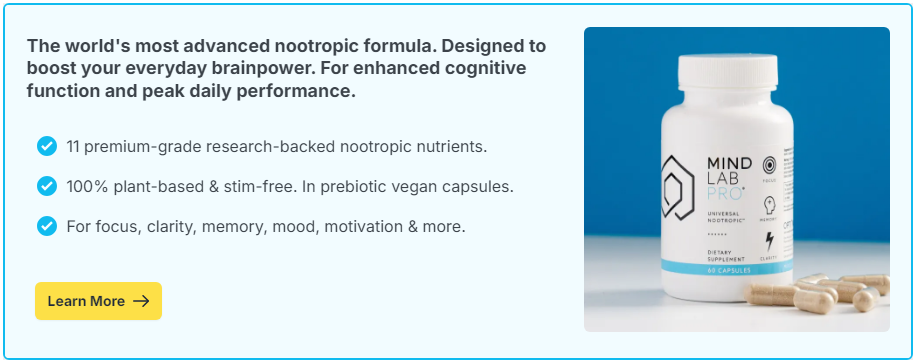
Have you ever found yourself tapping to the rhythm of your favorite song or drumming your fingers on a desk without thinking? It turns out, these rhythmic activities might be doing more for you than just passing the time or annoying your siblings. Drumming and engaging with rhythm can actually boost your brainpower in more ways than you might imagine.
Contents
Unraveling the Science of Rhythm and the Brain
Our brains are naturally wired to respond to rhythm. Even without musical training, we instinctively tap our feet to a beat or nod along to music. This connection between rhythm and cognitive processes is a fascinating area of study for neuroscientists. The brain is a complex network where different regions work harmoniously, much like instruments in an orchestra. Engaging with rhythm involves multiple areas of the brain, enhancing their ability to process information effectively.
How Drumming Engages the Brain
Drumming isn’t just a physical activity; it’s a full-brain workout. Here’s how it works:
- Coordination and Motor Skills: Drumming requires the coordination of hands, feet, and often the entire body. This improves motor skills by engaging the motor cortex, which is the area responsible for movement.
- Focus and Concentration: Keeping a rhythm demands concentration and precision. This trains the brain to enhance focus and sustain attention over longer periods.
- Memory and Learning: Practicing rhythms involves memorizing patterns which strengthens memory capabilities. Learning new beats keeps the brain agile and promotes the ability to learn other skills more quickly.
- Timing and Synchronization: Timing is crucial in drumming, helping to improve temporal processing which is critical for other life skills like time management.
The Cognitive Benefits of Drumming
Drumming offers tangible benefits for brain health, which can be beneficial for people of all ages. Here are some of the most significant benefits:
Enhanced Memory Function
Memory is a crucial cognitive function, and drumming can give it a significant boost. When you learn and recall drum patterns, your brain strengthens synaptic connections. This improves not only your ability to remember rhythms but also enhances general memory functions, whether it’s recalling historical dates or remembering where you left your car keys.
Boosted Creativity
Creativity is deeply connected to rhythm. Drumming encourages improvisation and the creation of new rhythms, which can lead to improved problem-solving skills and innovative thinking. When you improvise on a drum set, your brain forms new connections, fostering creativity that spills over into other areas of life.
Reduced Stress and Anxiety
Music, and rhythm in particular, can profoundly affect emotional well-being. Drumming is a physical release that can reduce stress and anxiety. When you play, your body releases endorphins, which are natural mood lifters. The repetitive nature of drumming can also induce a state of relaxation similar to meditation.
Drumming in Health and Therapy
Given these benefits, it’s no surprise that drumming is being increasingly used in therapeutic settings. Here’s how it helps in health and therapy:
- Improving Mental Health: Drumming therapy is used to help manage conditions like depression and anxiety by promoting feelings of well-being and accomplishment.
- Enhancing Cognitive Rehabilitation: For individuals recovering from brain injuries, rhythmic therapy can help rebuild neural pathways and improve cognitive function.
- Social Connectivity: Group drumming can often lead to an increase in social interaction, providing a sense of community and reducing feelings of isolation.
How to Get Started with Drumming
If you’re intrigued by the idea of boosting your brainpower through drumming, you might be wondering how to get started. Fortunately, you don’t need a full drum set to enjoy the benefits:
- Use What You Have: Start with what you have at home. A table, a pair of chopsticks, or even your lap will do fine to get started with basic rhythms.
- Take a Class: Sign up for a local drumming class. It’s a great way to meet others and learn from experienced instructors.
- Explore Online Resources: There are countless online tutorials and courses available. Websites like YouTube have channels dedicated to teaching percussion skills to all levels.
- Join a Drumming Circle: Find a local drumming circle or group where people meet to play together. This not only improves your skills but also enhances social connections.
Integrating Drumming into Daily Life
Beyond the extraordinary cognitive benefits, integrating drumming into your daily routine can enrich your life with joyous moments of self-expression. Here’s how you can make drumming a regular activity:
Set Aside Time for a Rhythm Break
Similar to how you might take a coffee break at work, consider setting aside a few minutes each day for a rhythm break. This could be a moment to practice a complex beat or simply to enjoy free-form drumming. It’s an opportunity to reset and recharge your mind, much like a quick mindfulness exercise.
Use Drumming Apps
With technology advancing rapidly, there are numerous drumming apps available that provide a virtual drumming experience anywhere and anytime. These apps can simulate the feel of a drum set and often come with lessons, song guides, and the ability to record your beats, making practice accessible no matter where you are.
Incorporate Drumming in Family Activities
Drumming doesn’t have to be a solo endeavor. Include your family in a drumming session. Even children can benefit from learning rhythm, as it enhances their coordination and concentration. Host a family drum circle in your living room and let each member contribute their unique rhythm to create a family symphony.
Exploring Diverse Drumming Styles
Drumming styles vary globally, each offering unique rhythms and techniques. Here’s an exploration of a few you can try:
- West African Drumming: Characterized by the use of the djembe and talking drums, West African drumming involves complex polyrhythms and is often performed in social gatherings and celebrations.
- Latin Percussion: Instruments like congas, bongos, and timbales are central to Latin drumming styles, offering syncopated rhythms that underpin genres like salsa and samba.
- Indian Tabla: The tabla is a pair of drums used in classical Indian music, known for its intricate finger-tapping techniques and complex time signatures, offering a rich area for study and appreciation.
- Japanese Taiko Drumming: With its dynamic, physical playing style and thundering sound, Taiko drumming is as much a visual performance as it is an auditory one, often associated with festivals and ceremonies.
The Lasting Impact of Rhythm
As we’ve seen, the connection between rhythm and cognitive function is incredibly beneficial for brain health. Whether you’re drumming professionally or just tapping rhythms for fun, the cognitive benefits are substantial. So, the next time you catch yourself tapping along to a song, remember that you’re not just following the beat, you’re also giving your brain a mini workout.
Rhythm is all around us, waiting to improve our lives one beat at a time. Why not pick up your nearest “drums” and see where the rhythm takes you?

